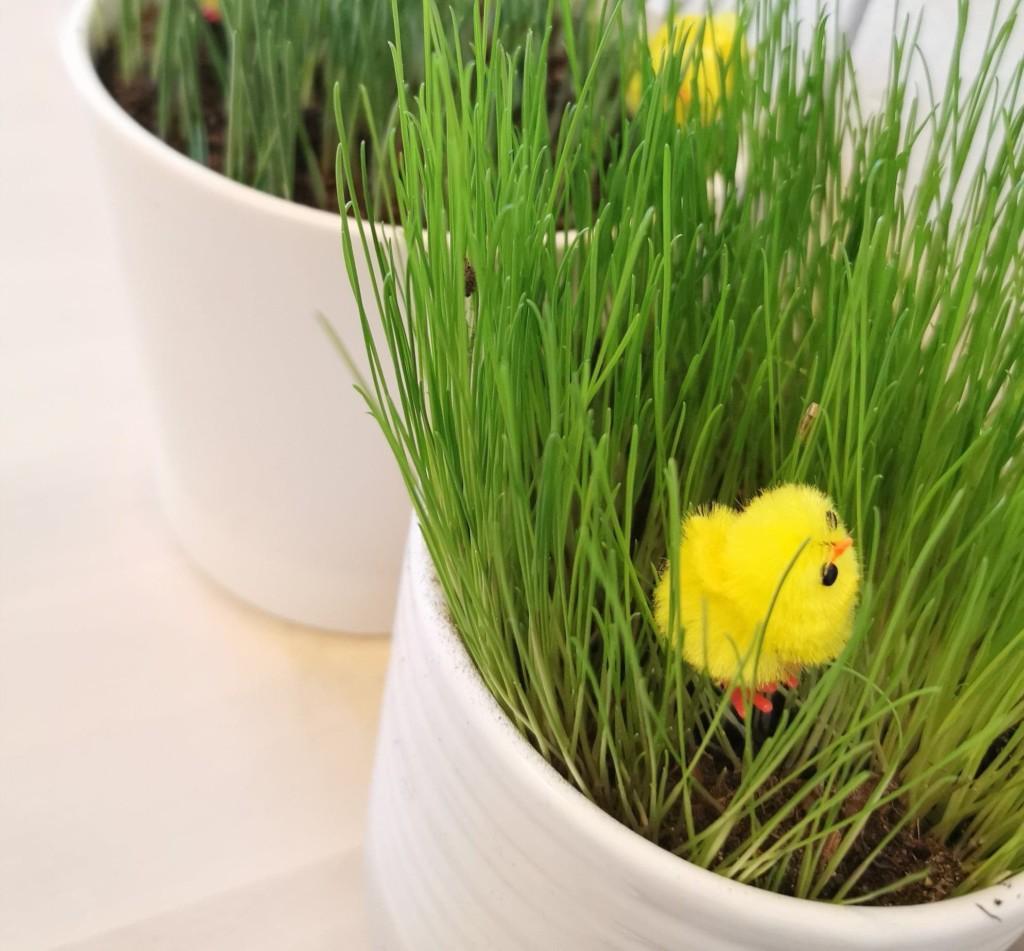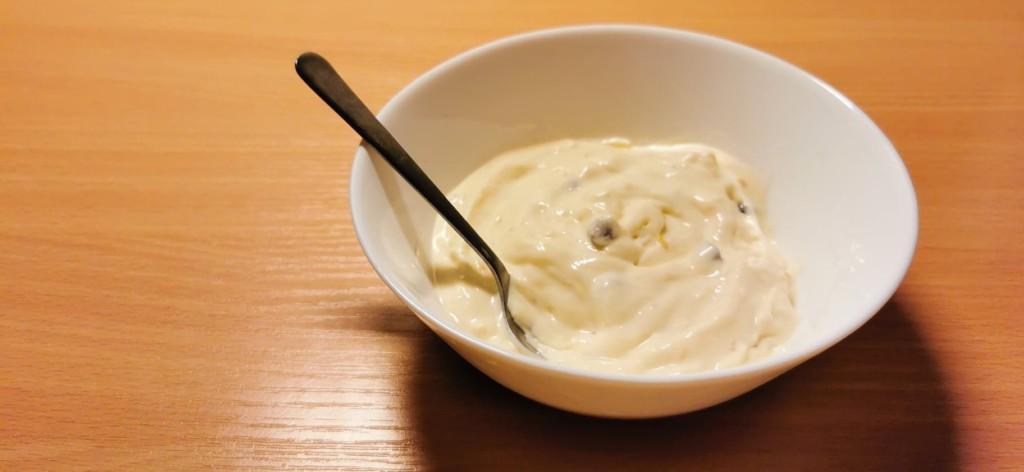A Traditional Finnish Easter – What is it?
When it comes to Easter, Finns have many different traditions that for non-Finns, might seem just a little strange. Even though Easter is a religious holiday, in Finland, there are many traditions that are also strongly related to celebrating the arrival of spring. During this holiday, Finns tend to decorate their homes with bright colors.
Virpominen – blessing homes with good health and luck
Traditional Finnish Easter begins on Palm Sunday. Right before this day it is common, especially for children, to pick willow twigs, pajunkissat, from the wild and decorate them with colorful ornaments such as feathers and crepe paper as a sign of spring.
When Palm Sunday finally arrives, children dress up as Easter witches and go to bless neighbors’ homes with health and luck. So, if on this day you hear a knock on your door, you will most likely be greeted by children that are dressed up as witches, offering to bless your home with the willow twigs in return for some treats such as chocolate eggs or small coins.
The witches recite a traditional Easter rhyme at the door:
Virvon, varvon, tuoreeks terveeks, tulevaks vuodeks; vitsa sulle, palkka mulle!
This tradition, called virpominen, symbolizes two things: the twigs represent the palm leaves that were laid down when Jesus entered Jerusalem on Palm Sunday and dressing up as witches dates back to the times when evil spirits and witches were thought to wander around the streets doing mischief before Easter. However, these days the witches are there to wish you a healthy year.
Easter grass
Growing Easter grass, rairuoho, is extremely common in Finnish households. Easter grass seeds are planted as a way to welcome the arrival of Spring. Once the grass is grown, it is, just like the willow twigs, decorated with colorful ornaments. It is also common to hide small self-painted Easter eggs or decorative items such as Easter chicks or bunnies inside the grass.

Mämmi
In Finland, Easter is the time for eating treats – a lot. In addition to just Easter eggs and cakes, Finland can offer you one of the most unusual and unique desserts – Mämmi. This dark brown, porridge-like dessert is made from malted rye, rye flour and water. For DIY-Mämmi you can find the recipe here.
This traditional Finnish Easter dessert may look questionable, but don’t let it fool you. It’s delicious – especially topped with some cream and sugar. Additionally, it is considered a nutritious superfood since it is very rich in protein and fiber from the rye.
It is claimed that mämmi has been eaten in Southwestern Finland ever since the 13th century.
Since grain was pretty much the only raw ingredient available during this time of the year, people started malting the grain. This is how the traditional dessert, Mämmi, became the most common Easter delicacy in Finland.
Pasha
Pasha is a creamy dessert that originates from Russia and it arrived to Finland along with Karelian migrants, around the same time as the Orthodox religion. In the Orthodox regions of Karelia, Pasha was eaten at the end of the fasting period, since it was a delicacy made from rich, filling products which included quark, butter, eggs, dry fruits and spices. It is traditionally, with a mold, shaped into a pyramid, which is claimed to represent the tomb of Christ, however, these days this particular step is often skipped in Finnish households.
Fun fact:The word pasha, or пасха, pronounced paskha, in Russian, also means Easter in the Russian language.

Next annual holiday in Finland will be Vappu. Read about 1st of May traditions here.